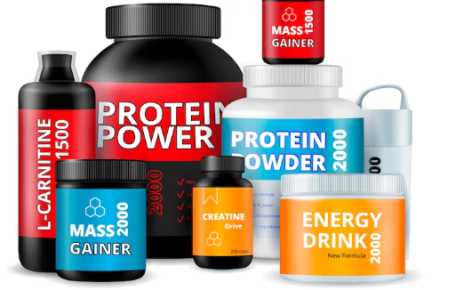Introduction
In recent times, IGET disposable vapes have emerged as a popular choice among vaping enthusiasts due to their convenience and the array of flavors they offer. However, it’s imperative to delve into the chemical composition of these devices to comprehend the potential health considerations associated with their usage.
IGET Vape: An Overview
IGET Vapes represent a category of single-use e-cigarettes engineered for simplicity and user-friendliness. Featuring a compact design and a wide selection of flavors, they cater to individuals seeking a hassle-free vaping experience without the burden of maintenance. The IGET lineup includes various types such as disposable vapes, rechargeable vapes, pod vapes, and vape pens, each tailored to different preferences and needs.
The Chemistry Behind IGET Vape Ingredients
Nicotine:
Nicotine serves as a central component in many IGET vape formulations, offering users varying concentrations of this addictive substance. It’s crucial for users to recognize the addictive nature of nicotine and the potential health impacts associated with its prolonged use.
Propylene Glycol (PG) and Vegetable Glycerin (VG):
PG and VG act as carriers for flavors and nicotine within IGET vapes. While PG provides the characteristic throat hit, VG enhances vapor production. Although generally regarded as safe for ingestion, the inhalation effects of PG and VG are not extensively studied, necessitating caution.
Flavorings:
The diverse range of flavors available in IGET vapes comprises a complex blend of chemicals. While these flavorings contribute to the allure of vaping, prolonged inhalation of these compounds may pose health risks, particularly when the flavors contain potentially harmful substances.
Batteries and Heating Elements:
IGET vapes incorporate batteries and heating elements responsible for vaporizing the e-liquid. The proper functioning and control of these components are paramount for ensuring user safety and minimizing the risk of malfunctions.
Trace Chemicals:
In addition to the primary ingredients, IGET vapes may contain trace chemicals used in their production. The composition of these compounds may vary across different formulations, warranting scrutiny and further research into their potential health effects.
Understanding Health Implications
Nicotine Dependency:
The continuous use of IGET vapes containing nicotine can foster addiction, posing challenges for individuals attempting to quit or reduce their usage.
Respiratory Concerns:
Inhaling aerosolized substances from IGET vapes may elevate the risk of respiratory issues, particularly among individuals with underlying respiratory conditions or sensitivities.
Long-Term Effects:
The long-term health effects of inhaling the chemicals present in IGET vapes remain inadequately understood due to limited research. Consequently, there is a pressing need for comprehensive studies to elucidate the extended impact of vaping on health.
Conclusion
While the popularity of IGET disposable vapes continues to soar, it’s imperative for users to familiarize themselves with the chemical composition and potential health risks associated with these devices. Achieving a balance between enjoyment and awareness of potential health implications is vital for fostering a safer vaping culture.
As the vaping landscape evolves, a deeper understanding of IGET vape ingredients becomes indispensable for users seeking to make informed decisions about their health and well-being. By staying informed and exercising caution, individuals can navigate the realm of vaping more responsibly, ensuring a safer and more sustainable vaping experience in the long run.




